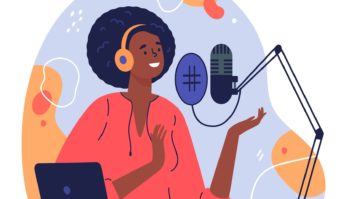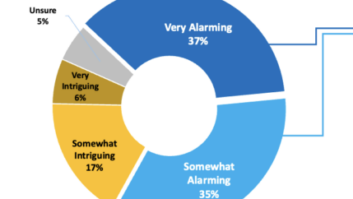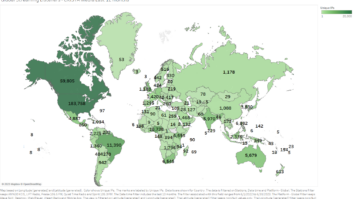Research from the latest NPR/Edison Spoken Word Audio Report suggests a significant uptick in listening to spoken word programming, especially podcasts. With a commensurate growth in the number and types of spoken word programs available, one might wonder how listeners discover and engage with the available options. The report turned up some interesting answers.
The short answer to the discovery question is that listeners resort to a number of options to find what’s out there. The average number of options among all demographics is four, although 55+ trails with two. The top three most popular methods are searching the internet, recommendations from friends and family and social media posts. Once again, the 18–34 and multicultural demographics appear to be the leaders in most categories.
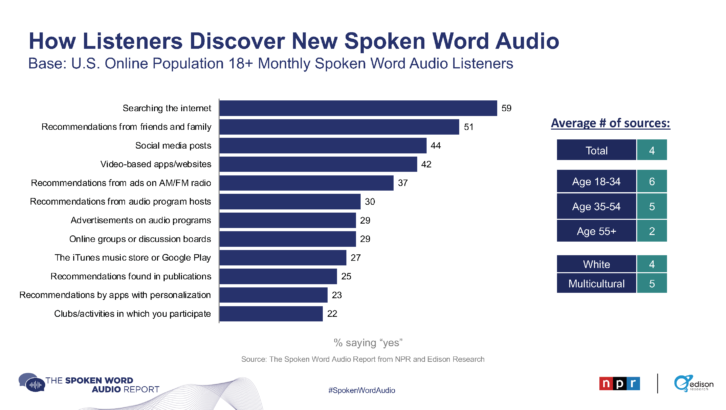
The fourth most popular discovery method according to the report is video-based apps or websites such as YouTube or Twitch, which was named by 42 percent of respondents. Broken down by demographics, these are used by 58 percent of 18- to 34-year-olds, 49 percent of the 35–54 demographic and 21 percent of those 55+. Thirty-five percent of white respondents reported using video, while multicultural respondents came in second with 55 percent.
Discovery strategy is a must
Looking at the number of spoken word topics or genres named by respondents makes it apparent why some sort of search or discovery strategy is necessary. The average number of genres named by those surveyed is 10. The most popular spoken word topics, according to the research, are news/information, music and comedy/humor.
This report also tracks listening habits, which have shifted since 2019. According to the research, travel, history and biography are trending downward, while romance, games/hobbies and celebrities/gossip are seeing upticks. It is important to note these popular genres over-index with growing segments of respondents, suggesting they are influencing the spoken word ecosphere.
[Read more of our coverage of “The Spoken Word Audio Report”]
When posed with the statement “Spoken Word Audio engages your mind in a more positive way than other media.” 62 percent of those 18–34 agreed, as did 58 percent of the 35–54 demographic and 44 percent of those 55+. Forty-nine percent of white listeners agreed, while 63 percent of multicultural listeners said yes. The reported negativity of mainstream and social media has surfaced in other parts of The Spoken Word Audio Report, and might be an important takeaway for those working in radio.
The next statement posed to respondents was “Spoken word audio is made for people like you.” The responses are very similar to those from the previous statement. Sixty-two percent of those 18–34 agreed, while 66 percent of respondents 35–54 said yes. Of those 55+, only 47 percent identified with the statement. Fifty-four percent of white listeners agreed, as did 66 percent of those multicultural.
Attention to advertising
The research from this report also supports the idea that the young and multicultural demographics are more likely to pay attention to ads and sponsorships on spoken word programming.
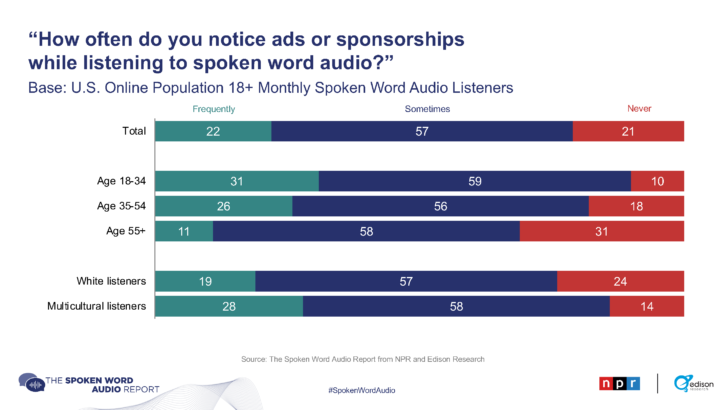
When asked the question “How often do you notice ads or sponsorships while listening to spoken word audio?” the averages were 22 percent frequently, 57 percent sometimes and 21 percent never. Young and multicultural listeners were in the lead on this one. Among those 18–34, 31 percent responded frequently, 59 percent said sometimes, and only 10 percent replied never. Twenty-eight percent of multicultural listeners noticed the ads or sponsorships frequently, 58 percent said sometimes and 14 percent replied never.
Comment on this or any article. Email [email protected].





